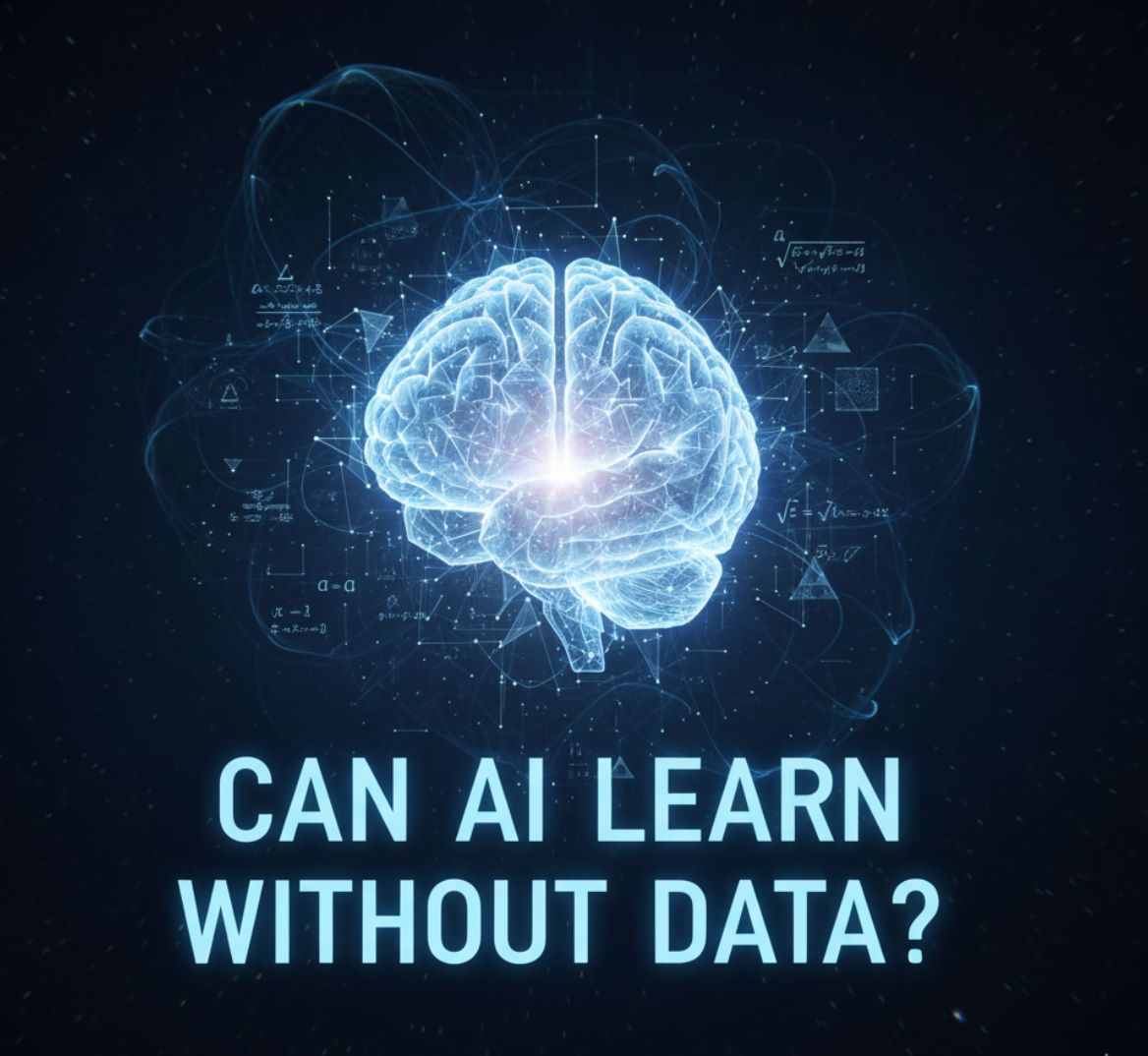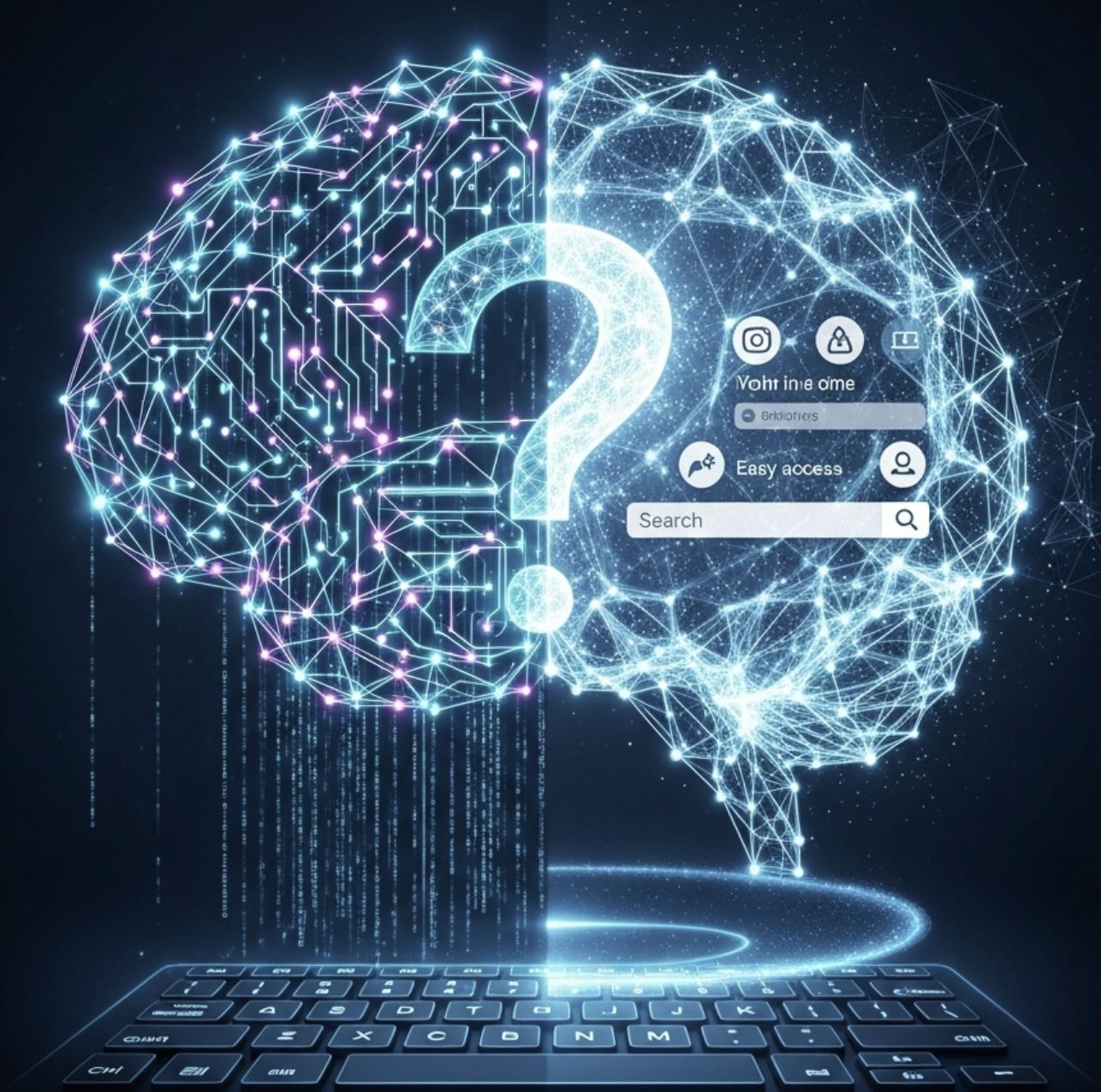How to Use AI to Find Potential Customers
In today’s business landscape, AI (Artificial Intelligence) has become a powerful tool for finding and engaging potential customers more effectively than ever. With the ability to analyze big data, predict buying behavior, and personalize experiences, AI helps businesses save time while boosting conversion rates. This article explores the best ways to use AI to find potential customers—from chatbots and data analytics tools to smart recommendation systems—so you can build precise and sustainable marketing strategies.
What is the most effective way to use AI to find potential customers? Let's explore the comprehensive strategies and proven methodologies that are transforming modern lead generation.
AI-driven tools can analyze vast amounts of customer data (like CRM records and web activity) to reveal high-potential leads. According to Salesforce, AI lead generation is revolutionizing how businesses attract and convert prospects by automating workflows, increasing efficiency, and creating hyper-personalized customer experiences.
AI lead generation is revolutionizing how businesses attract and convert prospects by automating workflows, increasing efficiency, and creating hyper-personalized customer experiences.
— Salesforce Research
In practice, machine learning models rank potential customers by likelihood to buy, so sales teams focus on the most promising leads. This makes outreach more efficient and tailored.
Below we explore key AI strategies and tools – from predictive analytics to chatbots and automated campaigns – that help businesses discover and convert new customers with unprecedented precision and scale.
Build Quality Data and Profiles
The foundation of successful AI-powered lead generation lies in establishing robust, clean, and comprehensive data infrastructure. Without quality data, even the most sophisticated AI algorithms will produce unreliable results.
Clean and Integrate Data
Consolidate CRM records, website analytics, and marketing data in a single system.
- Complete contact information
- Standardized data fields
- Accurate behavioral tracking
- Purchase history integration
Define Target Attributes
Identify the traits of your best customers to create ideal customer profiles.
- Industry classifications
- Company size metrics
- Demographic data
- Behavioral patterns
Use Unified Platforms
Consider a Customer Data Platform (CDP) or centralized database to aggregate data.
- 360-degree customer view
- Cross-platform integration
- Real-time data sync
- Predictive model support
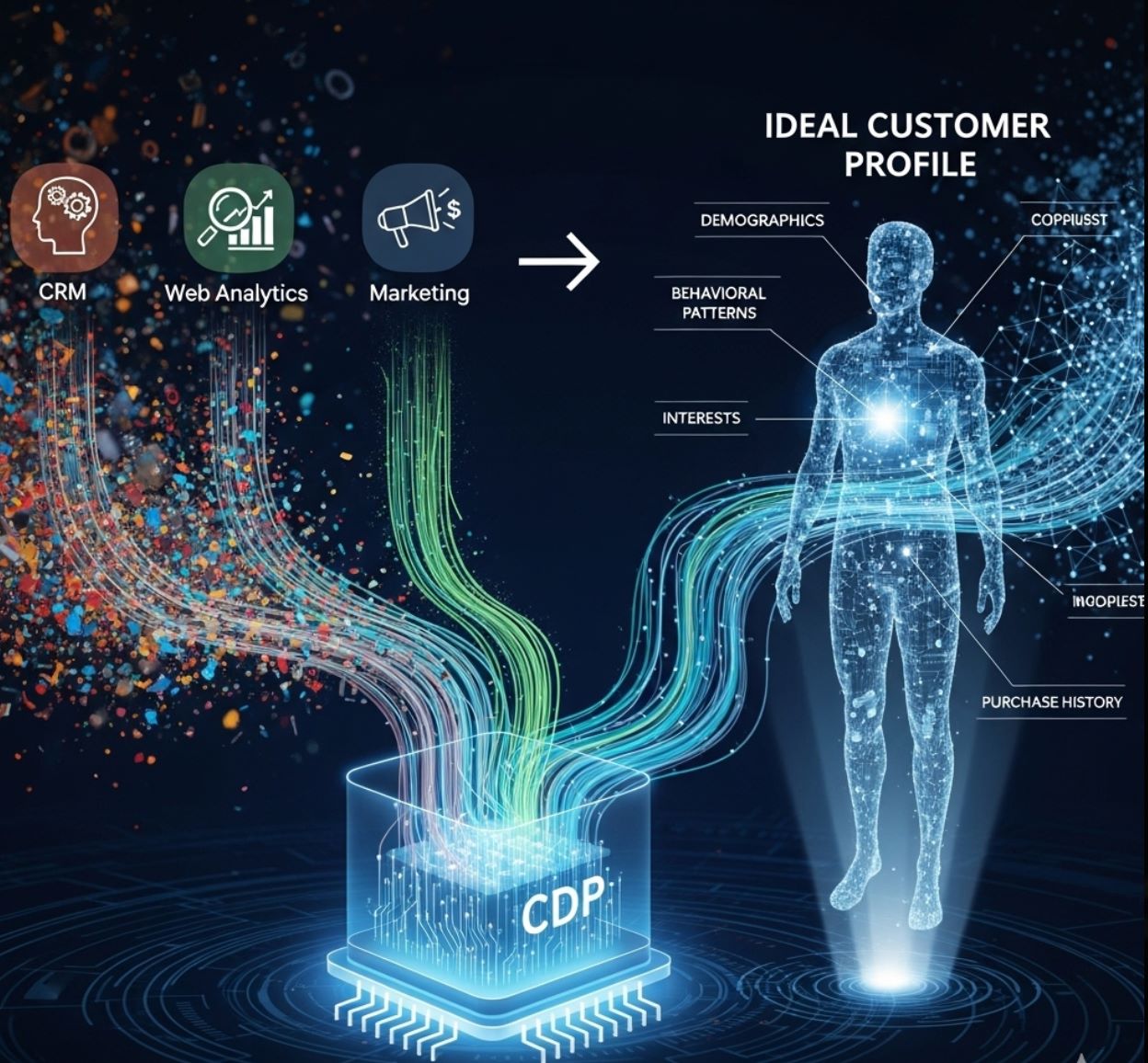
Segment and Target with AI
AI-powered segmentation and targeting represent the core of modern lead generation, enabling businesses to identify and prioritize prospects with unprecedented accuracy and efficiency.
AI Customer Segmentation
Machine learning can group people by shared demographics, purchase history, and web behavior. Marketers then design tailored campaigns for each segment (e.g. one campaign for eco-conscious buyers and another for budget shoppers), improving relevance and conversion rates.
Lookalike Modeling
AI identifies new prospects who resemble your best customers. This finds high-value leads beyond your existing base, since these lookalike audiences tend to act like your top customers.
The result is higher-quality leads and often lower acquisition costs.
Manual Segmentation
- Limited data analysis
- Basic demographic targeting
- Higher acquisition costs
Intelligent Matching
- Complex pattern recognition
- Behavioral similarity analysis
- Reduced acquisition costs
Predictive Lead Scoring
AI ranks leads by their likelihood to convert using historical data and online behavior. For example, when someone downloads a whitepaper or visits pricing pages, the AI score is updated.
Sales teams can then prioritize outreach to the highest-scoring leads, spending time on those most likely to become customers.
High-Score Leads
Medium-Score Leads
Low-Score Leads
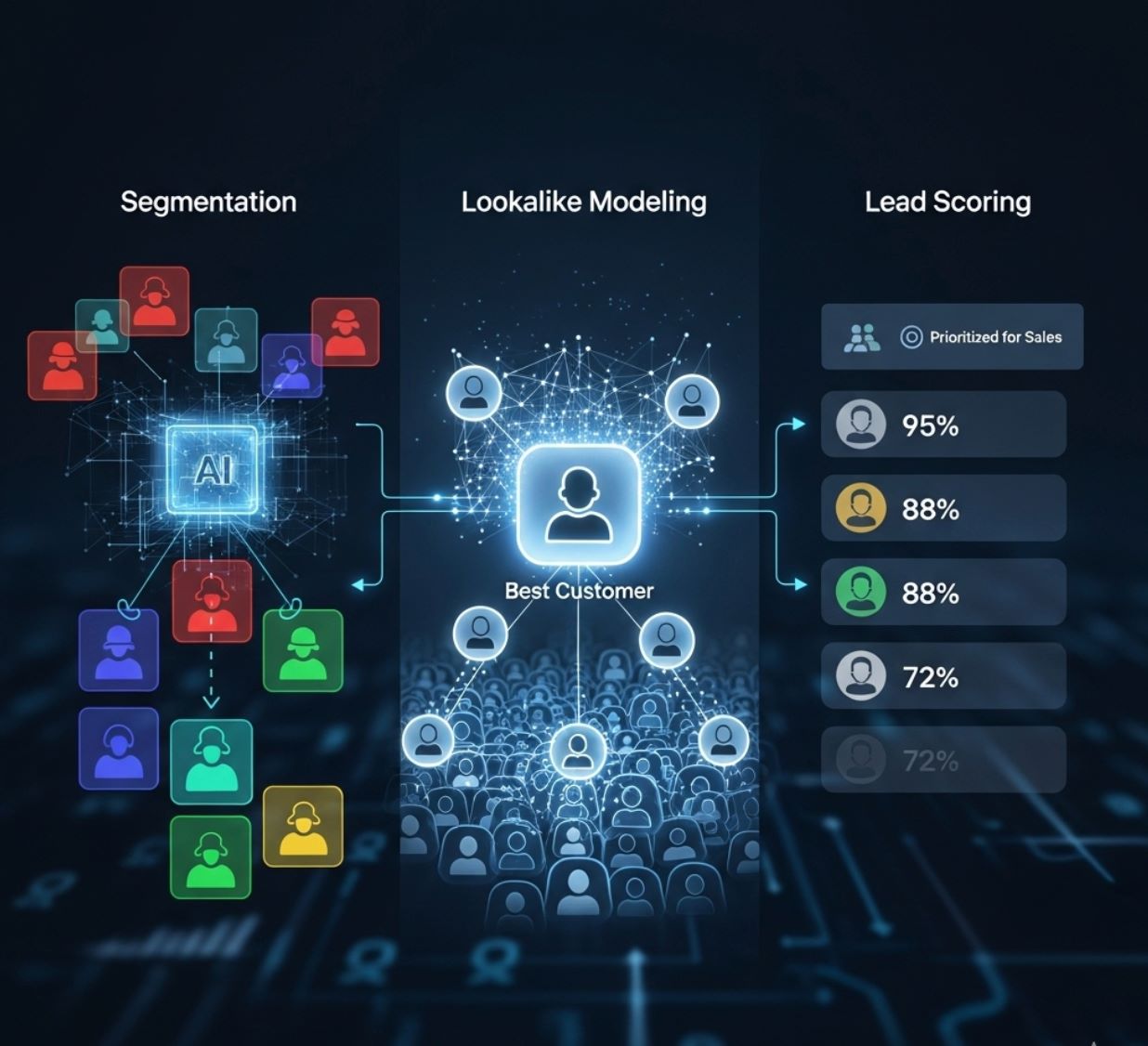
AI Chatbots and Virtual Assistants
AI-powered chatbots on websites and messaging apps can engage visitors 24/7. They answer questions, guide users through products, and capture contact details for follow-up.
By analyzing user inputs, advanced chatbots personalize conversations and qualify leads (for example, a bot can identify if a visitor is a decision-maker). Internally, AI assistants help sales reps prepare by researching prospects and drafting outreach.
AI agents can interpret a client's needs based on browsing history and engage prospects in real time, handing off only fully-qualified leads to human sales staff.
— IBM Research
This frees your team to focus on closing deals while chatbots handle routine inquiries.
24/7 Lead Engagement
Continuous prospect interaction and qualification
- Instant response to inquiries
- Multi-language support
- Cross-platform availability
- Behavioral data collection
Intelligent Qualification
Advanced lead scoring and handoff optimization
- Decision-maker identification
- Intent signal analysis
- Personalized conversation flows
- Seamless human handoff
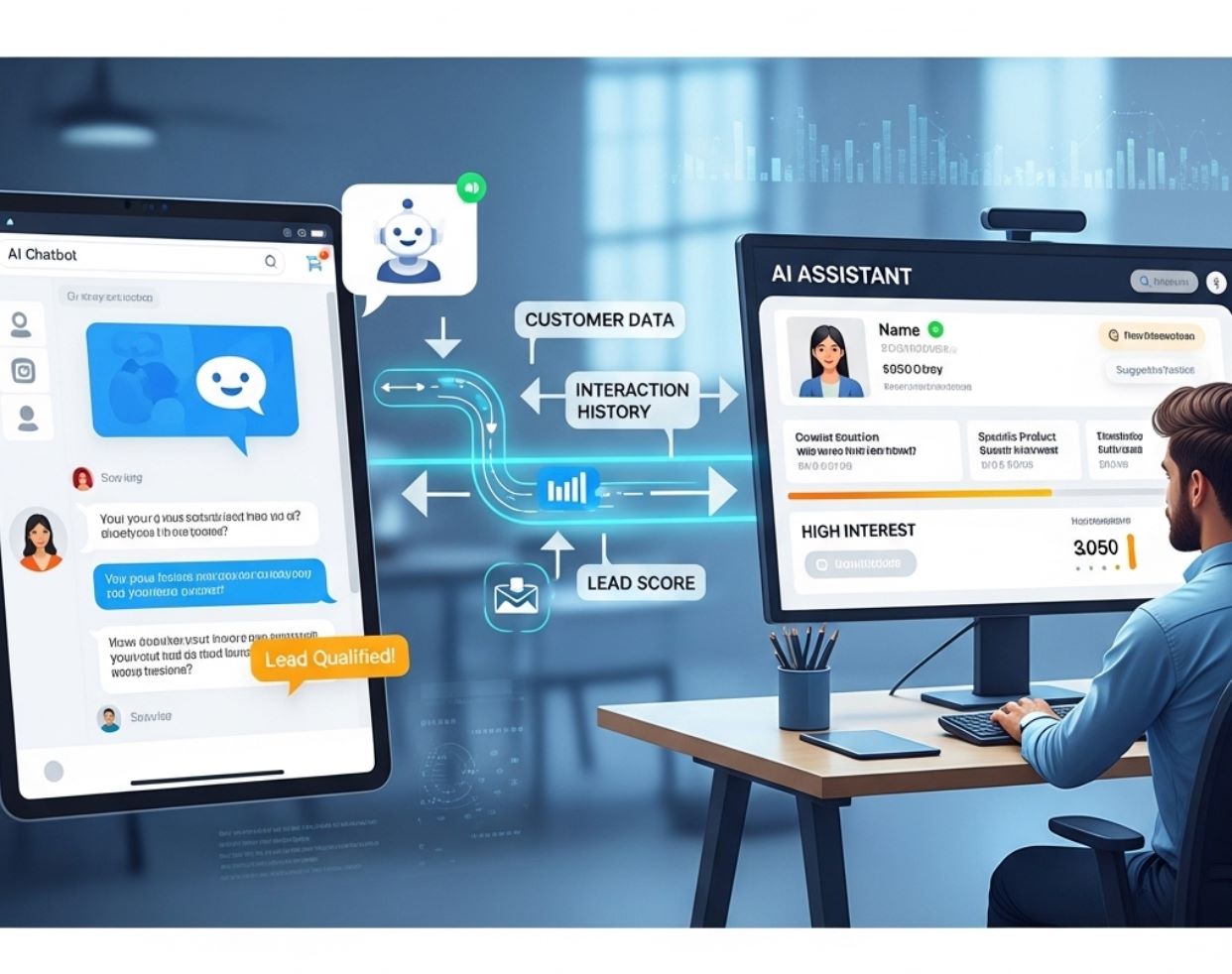
AI-Driven Marketing and Outreach
Modern AI transforms marketing outreach through intelligent automation, personalization, and real-time optimization across multiple channels and touchpoints.
Automated Email Campaigns
Content Personalization
Social Media Listening
Monitor and Detect
AI continuously scans social platforms and web mentions for relevant keywords and sentiment indicators.
Analyze and Qualify
Machine learning algorithms assess the quality and intent of discovered prospects based on their digital behavior.
Engage and Convert
Automated systems deliver personalized outreach messages at optimal times for maximum engagement and conversion.
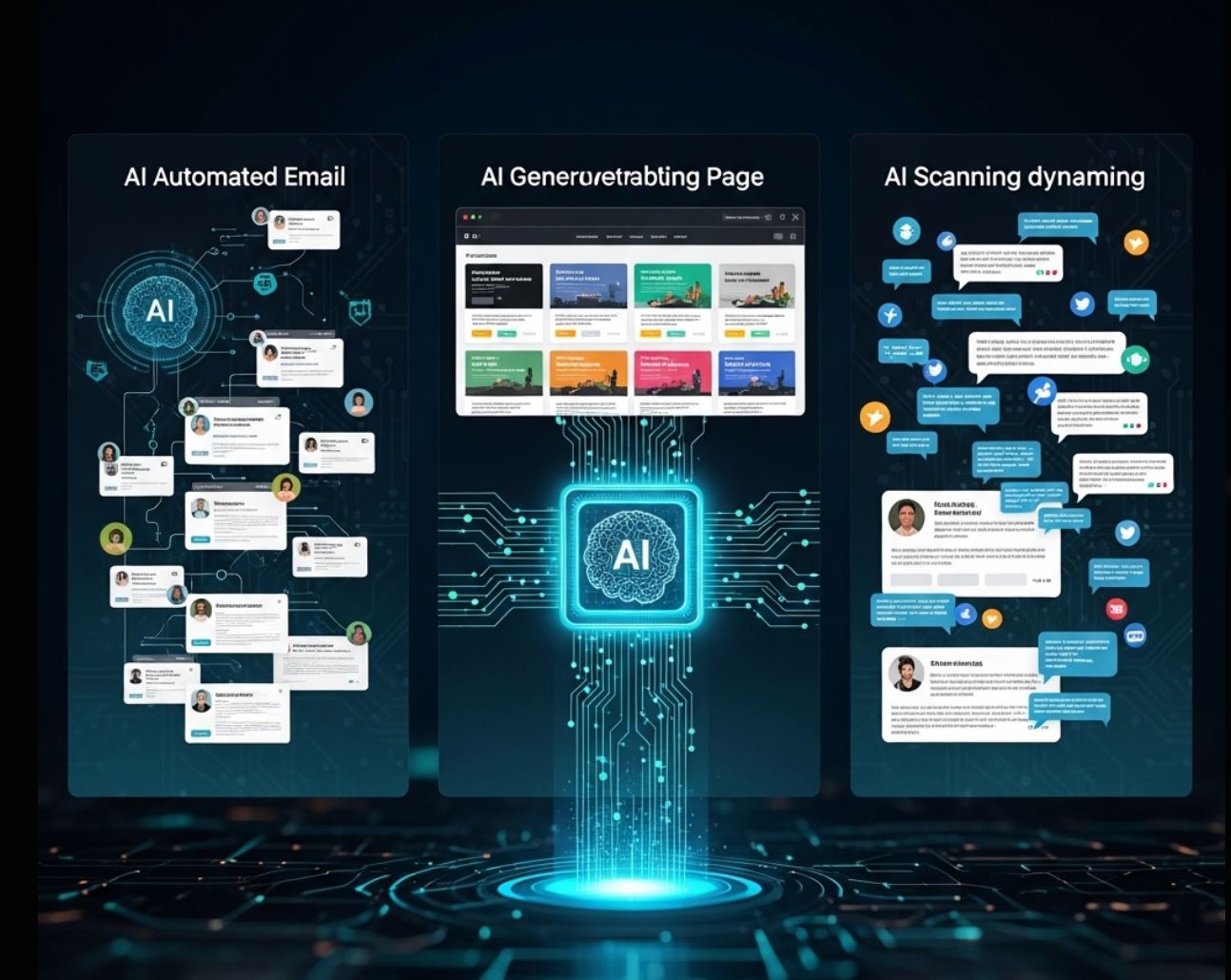
Implementation Tips and Best Practices
Successfully implementing AI for lead generation requires strategic planning, proper tool selection, and ongoing optimization to achieve maximum ROI and effectiveness.
- Set clear goals: Define what you want (e.g. more qualified leads, higher conversion rates) and identify existing gaps. This guides your AI use case (lead scoring, chatbots, personalization, etc.).
- Choose the right tools: Pick AI solutions that fit your needs and tech stack. Many CRM and marketing platforms have built-in AI features. Standalone products (lead-scoring tools, chatbot builders, predictive analytics services) are also options. Ensure they integrate with your CRM and data sources.
- Train your team: Educate sales and marketing staff on the new AI workflows. For example, teach BDRs how to interpret AI lead scores or when to take over from a chatbot. Human expertise should complement AI outputs.
- Monitor and optimize: Track metrics like lead quality, conversion rates, and engagement. Continuously refine AI models and rules as you gather results. (AI improves over time but needs feedback loops.)
- Maintain oversight and compliance: Treat AI recommendations as decision-support, not final verdicts. Always include a human review to catch biases or errors. Also adhere to privacy laws (GDPR, CCPA) when using personal data. Respecting user privacy builds trust and protects your brand.
| Implementation Phase | Timeline | Key Activities | Success Metrics |
|---|---|---|---|
| Planning & Setup | 2-4 weeks | Data audit, tool selection, integration planning | Data Quality Score |
| Pilot Testing | 4-6 weeks | Limited deployment, model training, initial optimization | Lead Score Accuracy |
| Full Deployment | 6-8 weeks | Scale across all channels, team training, process refinement | Conversion Rate Lift |
| Optimization | Ongoing | Performance monitoring, model updates, strategy refinement | ROI Improvement |
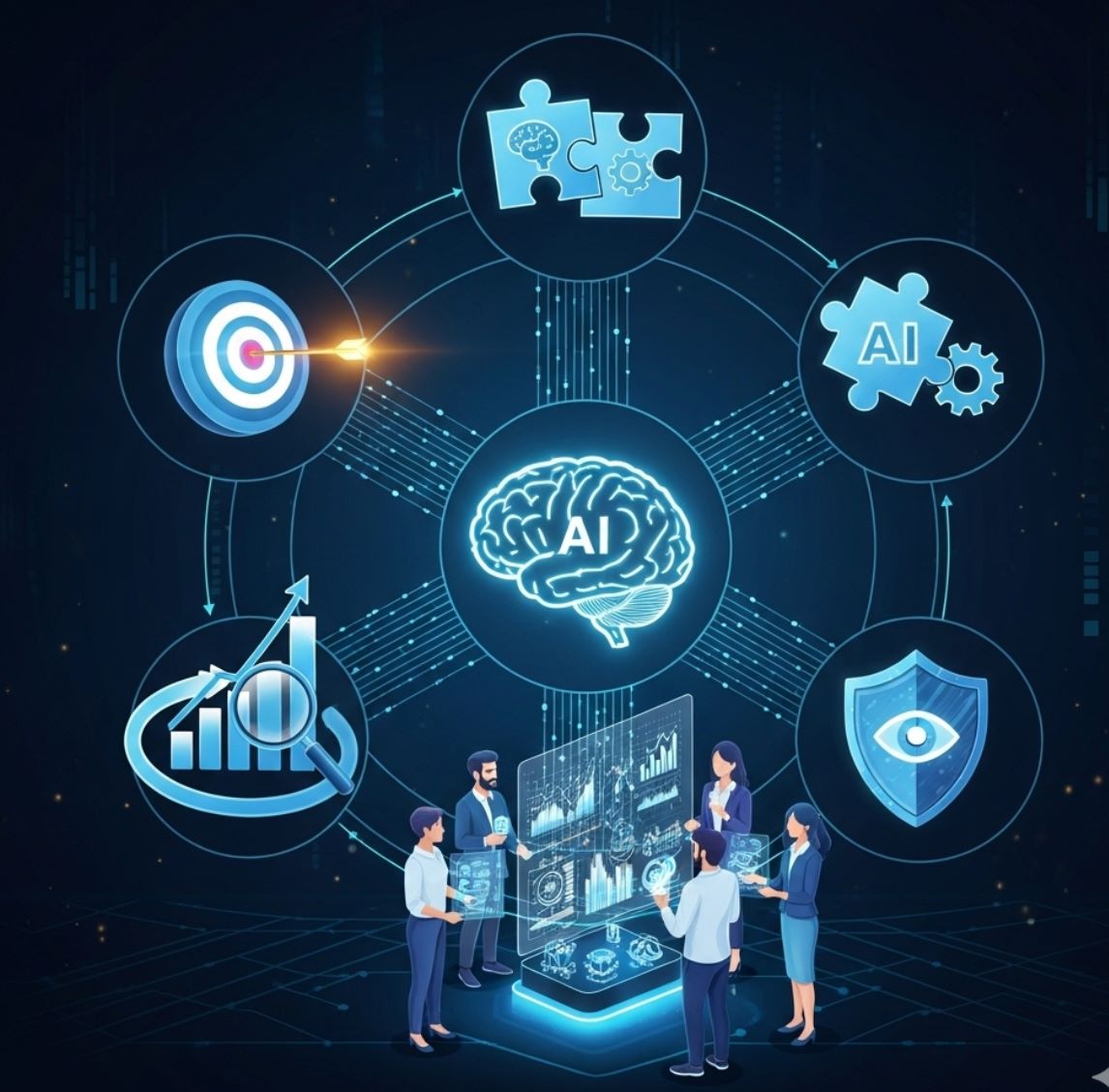
Challenges and Considerations
While AI offers tremendous potential for lead generation, organizations must navigate several critical challenges to ensure successful implementation and sustainable results.
Data Quality Challenges
AI is only as good as its data. Incomplete or messy customer data will give poor results. Clean, unified data is essential for accurate predictions.
Bias and Fairness Issues
If trained on biased historical data, AI might favor certain lead profiles unfairly. Keep a human in the loop to detect and correct such issues.
Costs and Complexity
Implementing AI can require investment (tools, compute, expertise). Start with a pilot on a small dataset or campaign to prove value before scaling.
Technical Integration
Ensure your AI tools can connect with existing systems (CRM, email platform, etc.) to automate workflows smoothly.
- API compatibility assessment
- Data synchronization protocols
- Workflow automation setup
- System performance monitoring
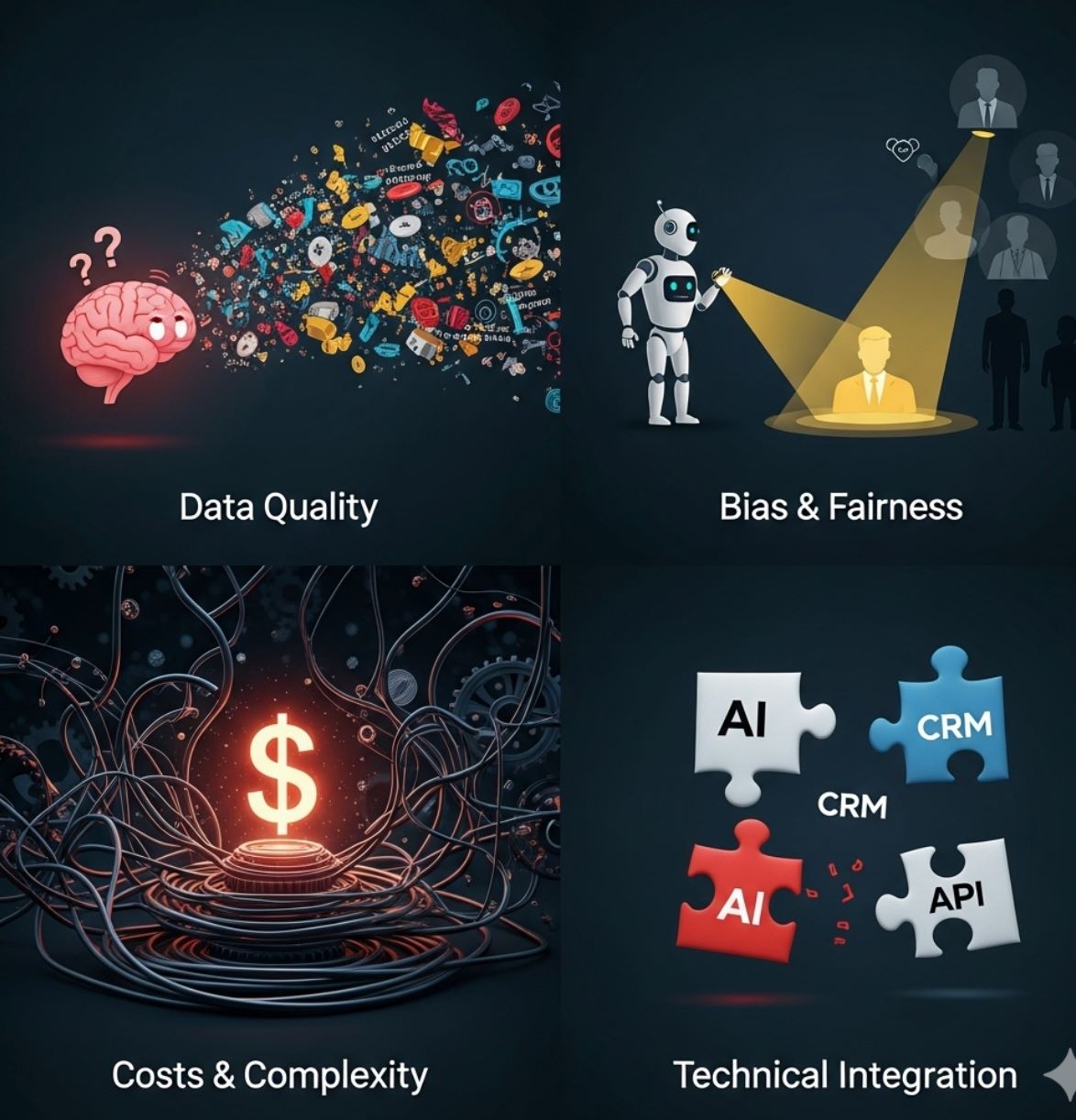
Conclusion: The Future of AI-Powered Lead Generation
Using AI to find potential customers means leveraging data-driven insights and automation to attract and qualify leads more efficiently. By analyzing customer data, AI systems identify patterns that humans might miss, enabling precision marketing and smarter outreach.
In short, AI boosts efficiency and personalization in lead generation. When combined with clear strategy and human expertise, AI-powered tools help businesses expand their customer base faster and more effectively than ever.
Enhanced Efficiency
Automated lead qualification and scoring
Precision Targeting
Data-driven customer identification
Scalable Growth
Continuous customer base expansion




